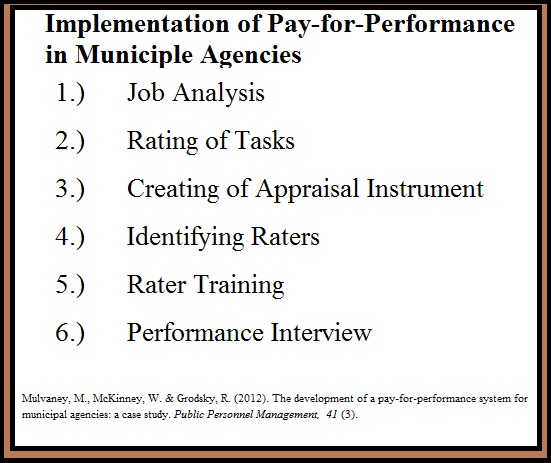According to Hoyt and Blascovich (2003)
transformational leadership has a significant impact on online groups. The same
leadership methodology in real life applies in the virtual world as the same
basic mechanics apply. Such leaders are able to encourage new ways of thinking,
are able to adjust their leadership style to the situation, and can help people
imagine a vision.
No amount of communication ability can change the
fundamentals of leadership. However, there does appear to be a natural
connection between the transformational style and the virtual world. Such
leaders are charismatic, arouse enthusiasm, loyalty, and trust (Schermerhorn,
2002). People sense their style even in the virtual world as pieces and bits of
it make their way across the airwaves.
Such leadership can be seen as the following
(Avolio, Bass, & Jung (1999):
- 1.) Idealized Influence-role models
- 2.) Inspirational Motivation-Give meaning to others.
- 3.) Intellectual Stimulation-Be creative and question old beliefs.
- 4.) Individualized Consideration-Concerned with individual needs.
Virtual communication is an enhancement to previous
methods of communication. The differences lay in the amount of information a
person may receive over the virtual airways versus in person. Such interactive
technology is a major boost over the one way communication abilities of the
television. People can now respond, vote, tweet, text and use other methods of
furthering the network of the messages giving greater influence to the leader.
The nature of communication and the focus of the
messaging are very important in creating effective group leadership. A study of
teenagers using virtual communication found that those who referred to the
group goals above themselves had a greater following (Cassell, Huffaker,
Tversky, & Ferriman, 2006). This helps highlight the concept that effective
leadership is more about “what” versus “who”. “What” is the message and
solution while “who” is the communicative ability of the individual.
Chanel-Expansion Theory describes how
leaders ability to connect with followers in ever expanding new ways that
develop new methods of communicating. The messages in virtual communication create
implicit coding that is picked up by followers once they have developed appropriate cognitive
schemas of the speaker (Carlisle & Phillips, 1984). In other words, once
the follower understands the communication style of the leader and begins to
follow their messages they can tune into implicit messaging.
A study conducted by Salter, et. al. (2010) tested
the influence of follower personality on the assessment of the leader in a
virtual classroom. In the study 306 participants filled out two surveys
providing for 612 total responses. The first survey assessed viewer impression
of a leader (Leader 1) who used transformational language while the second survey assessed
viewer impression of a leader (Leader 2) who used less transformational language.
Results:
-Viewers depicted Leader 1 to be more
transformational than Leader 2.
-There were slight differences between males and
females in the assessment.
-Females found language to be less passive and more charged.
-Those with conscientious personalities may find
additional transformational messages than those who were not.
Analysis for Virtual Communication:
The language used within organizations impacts the
perceptions of employees. Certain types of employees will be attracted to different types of leadership styles. Once employees have some familiarity with
the style of a leader they will begin to pick up on subtle cues and language
uses in order to determine additional meaning. Women and sensitive types pick
up on language cues much more easily and readily than many males or
non-sensitive types. This may be one reason why women are more turned off by
certain kinds of messages when compared to males. Virtual organizations and
marketing experts should be aware of the type of language they are using so as
to either improve organizational efficiency through proper communication or
attract the right customers to their organization. Virtual professors should be
aware of their language use so as to not thwart engagement and motivation with
students.
Avolio, B. J., Bass, B. M., &
Jung, D. I. (1999). Re-examining the components of transformational and
transactional leadership using the Multifactor Leadership Questionnaire. Journal
of Occupational and Organizational Psychology, 72(4), 441–462.
Carlisle & Phillips, D.
(1984). The effects of enthusiasm training on selected teacher and student
behaviors in pre-service physical education teachers. Journal of Teaching in
Physical Education, 4(1), 164–175.
Cassell, J., Huffaker, D.,
Tversky, D., & Ferriman, K. (2006). The language of online leadership:
Gender and youth engagement on the Internet. Developmental Psychology, 42(3),
436–449.
Hoyt, C. (2003). Transformational and transactional leadership
in virtual and physical environments. Small Group Research, 34 (6).
Salter, C., Green, M., Duncan, P. Berre, A. &
Torti, C. (2010). Journal of Leadership
Studies, 4 (2).
Schermerhorn, J. (2002). Management. Hoboken,
NJ: Wiley.

